BHR 4680: Action Plan for Title Management Demonstrating Training
VerifiedAdded on 2023/06/10
|12
|740
|202
Report
AI Summary
This report outlines an action plan for title management, focusing on how performance appraisals can demonstrate the success of training initiatives. The plan includes strategies such as assessing employee attitudes toward appraisals, benchmarking against other organizations, gathering staff information, setting metrics for success, determining appraisal structure, and conducting test appraisals. It details trainee responsibilities like providing honest feedback, reporting on training received, demonstrating learned skills, and suggesting improvements. Resources needed involve skilled managers and supervisors, funding for benchmarking, employee performance data, and external evaluators. Support from managers and peers includes process approval, effectiveness evaluation, guidance, budget approval, and resource provision. Feedback strategies encompass interviews, questionnaires, written reports, observation, and supervisor reports. Survey questions are designed to gauge staff response, budget adherence, process impact, and improvements. Expected results include increased motivation, improved work execution, minimized injuries, clear goals, and increased satisfaction. Training can be improved by tailoring it to work needs, offering technology and motivational training, conducting regular sessions, and hiring expertise. The document references Noe (2017) and Salas et al. (2012).
1 out of 12
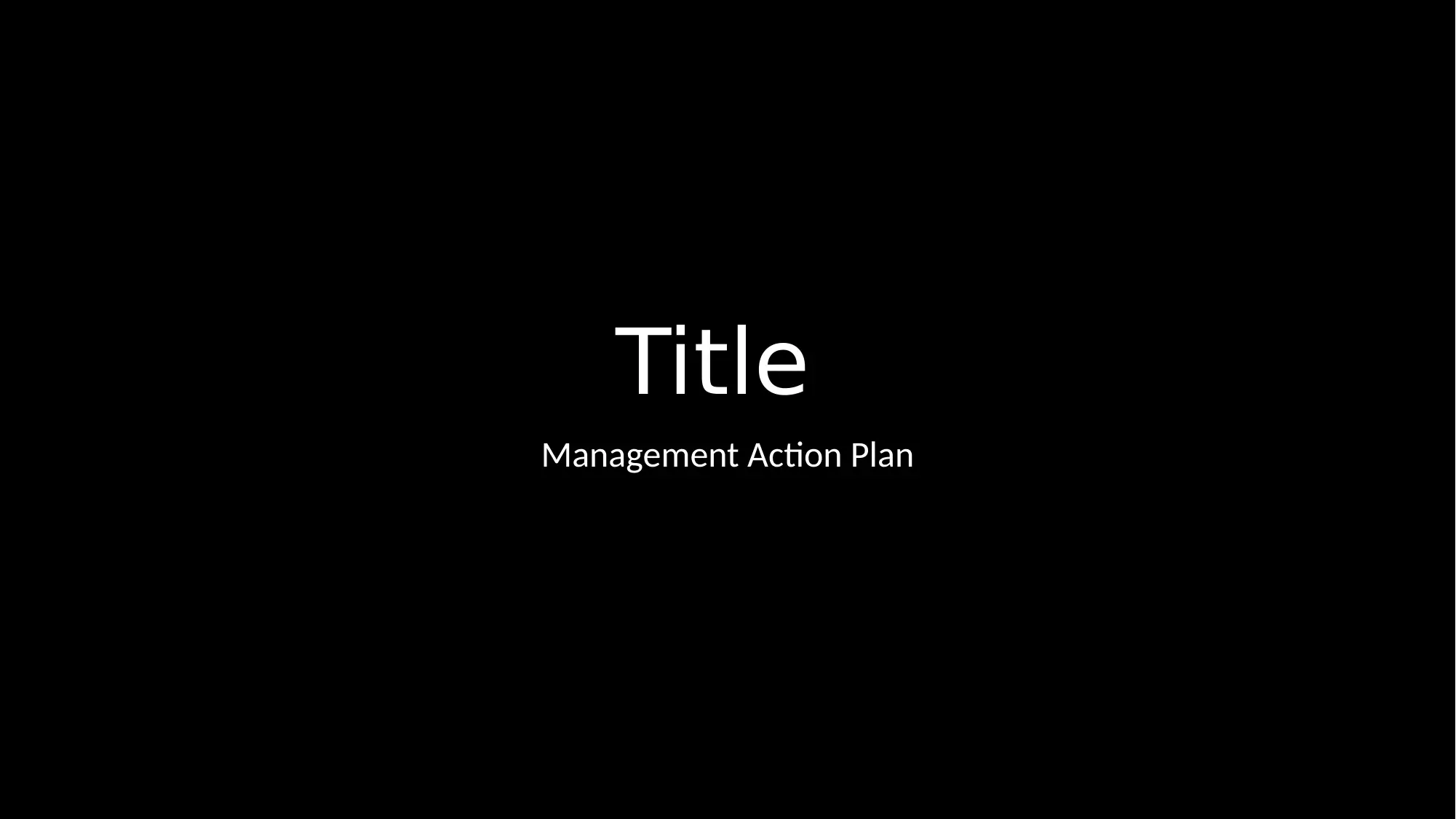

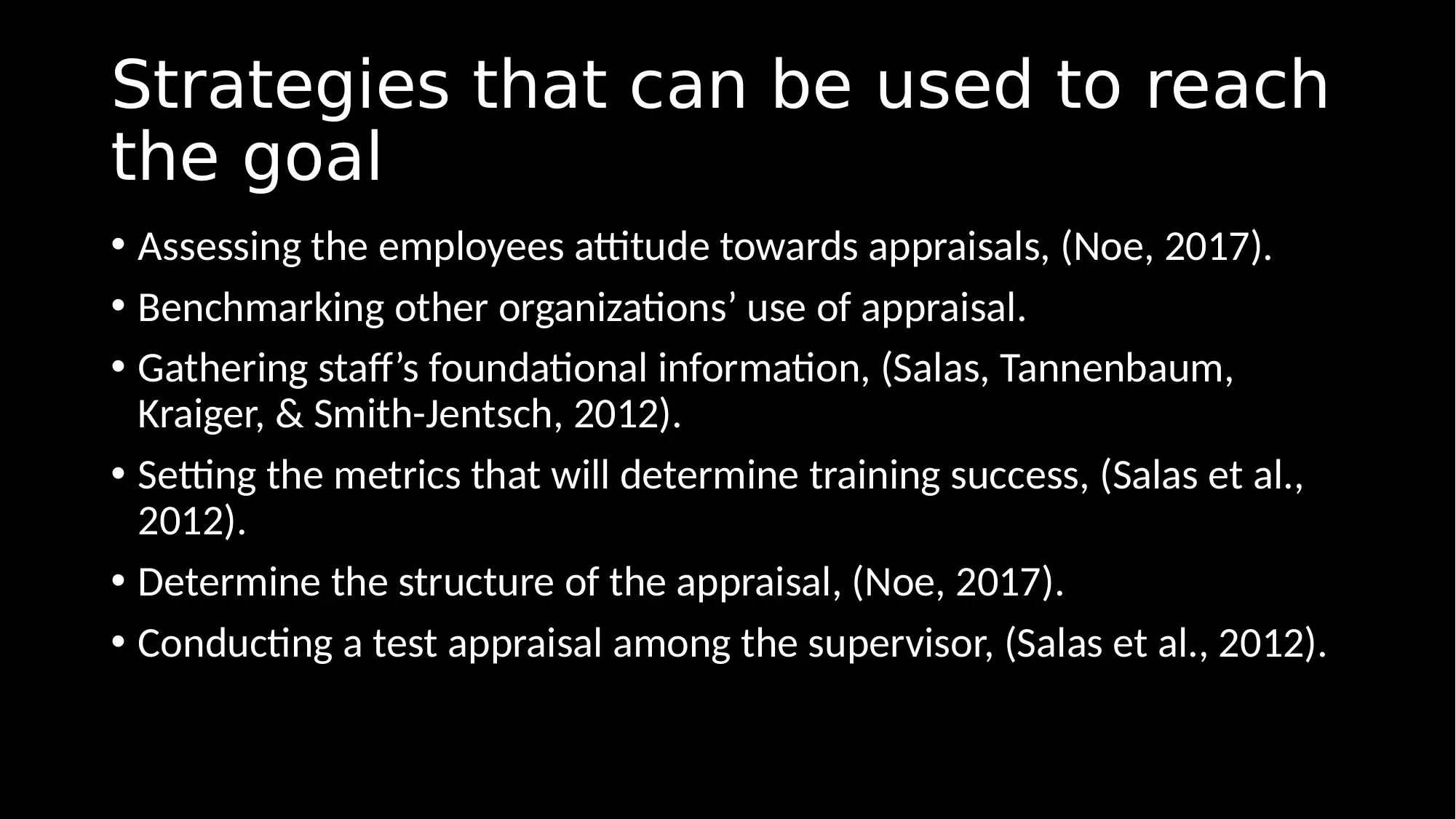


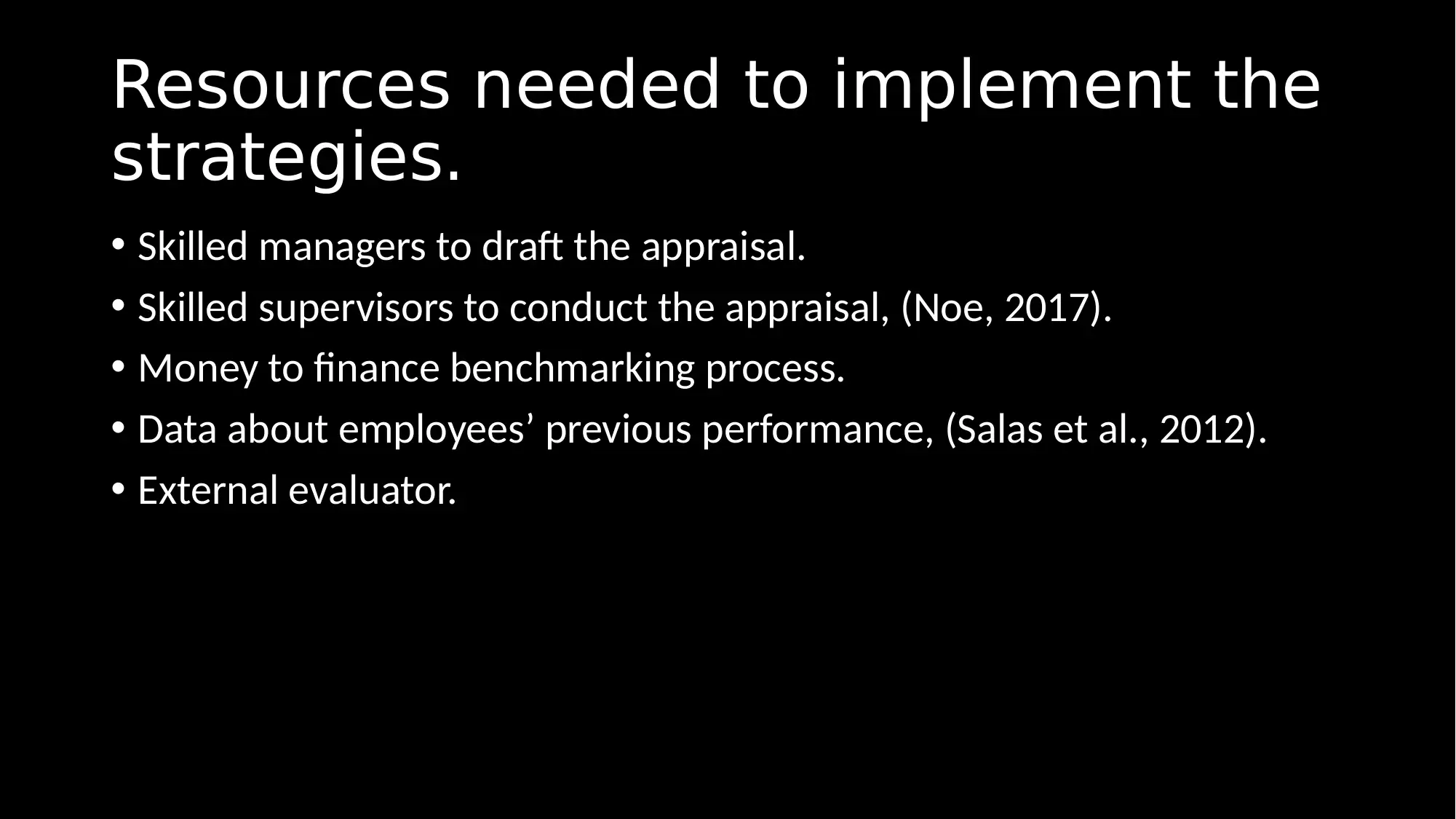
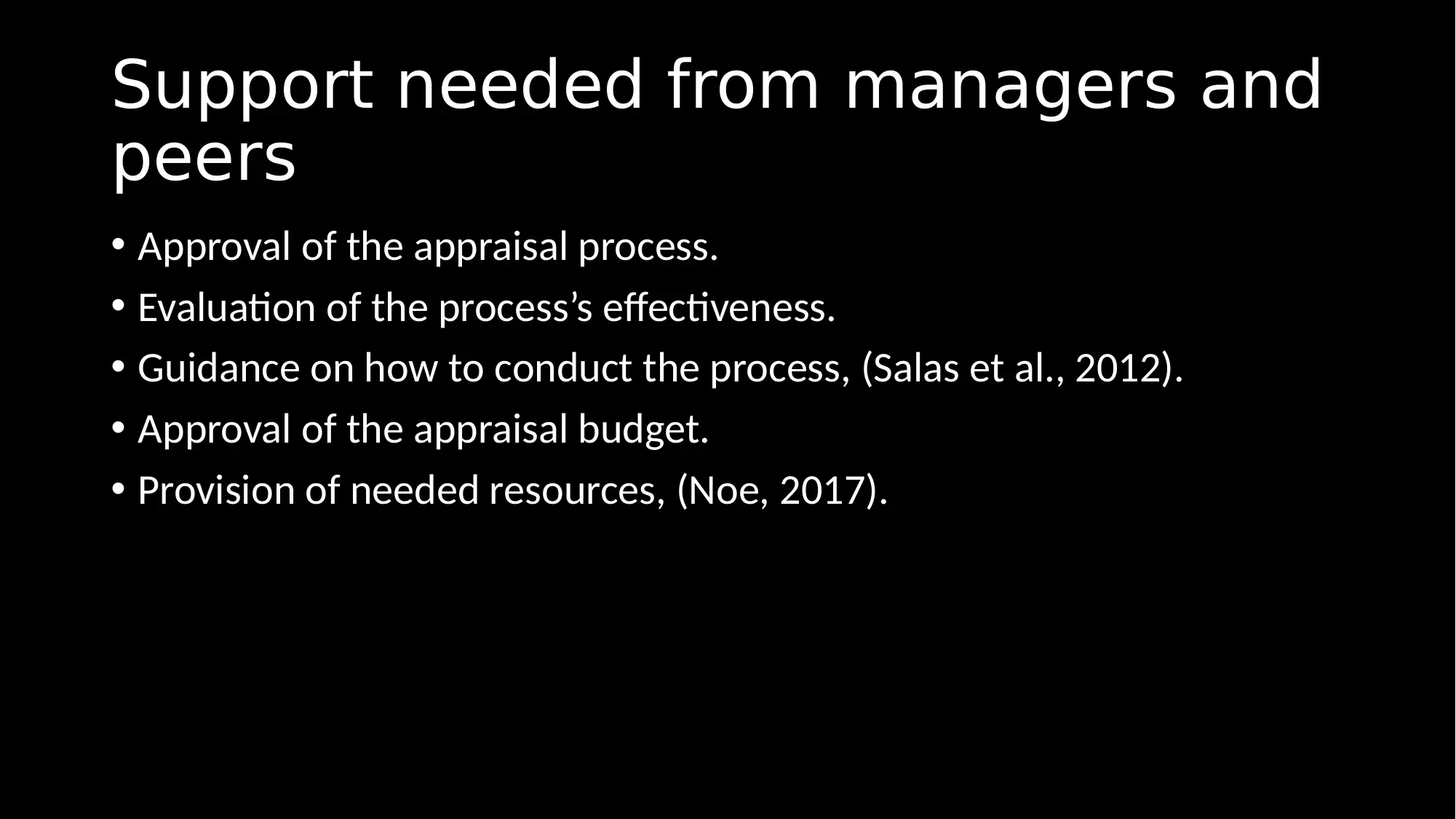


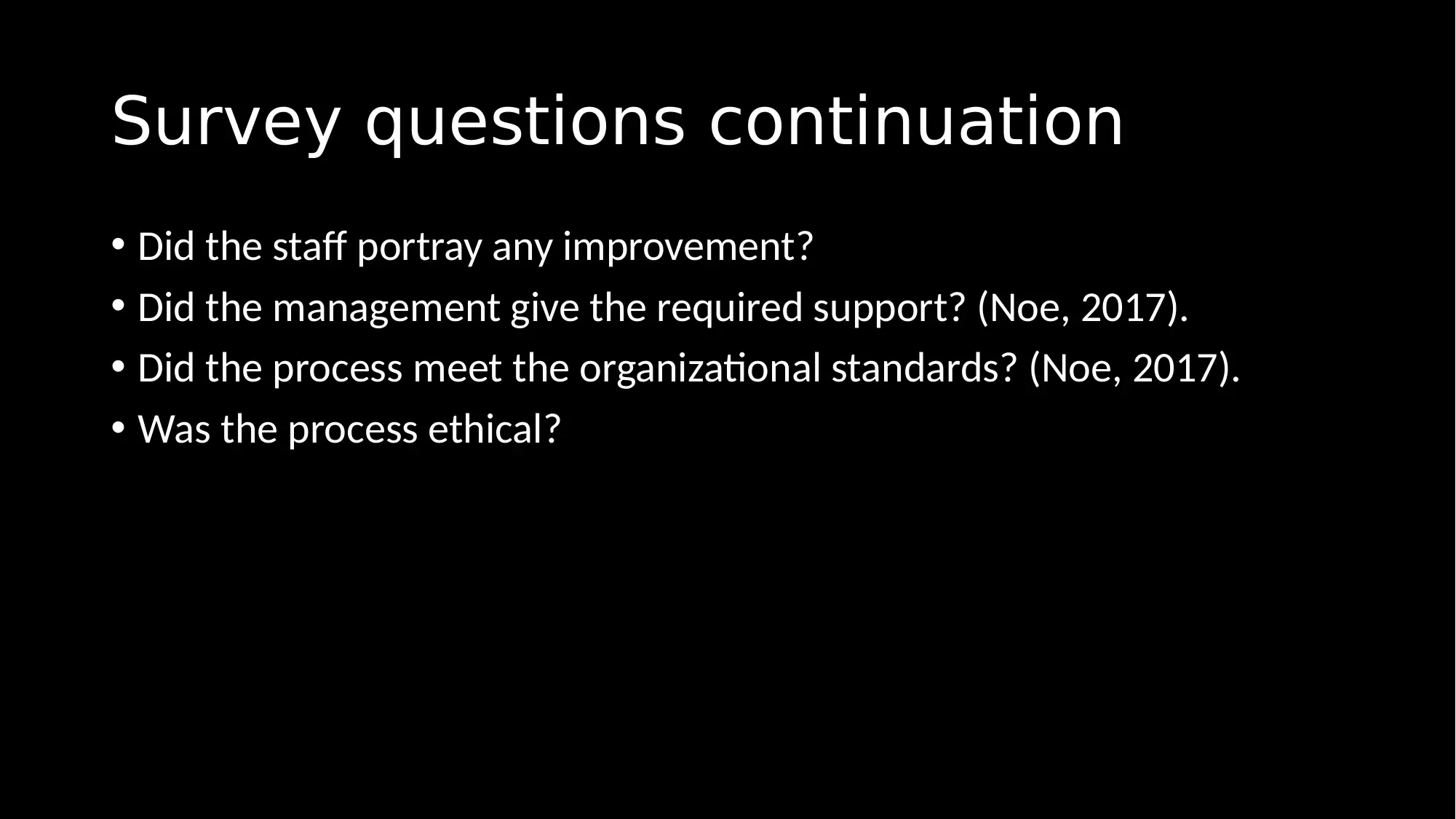


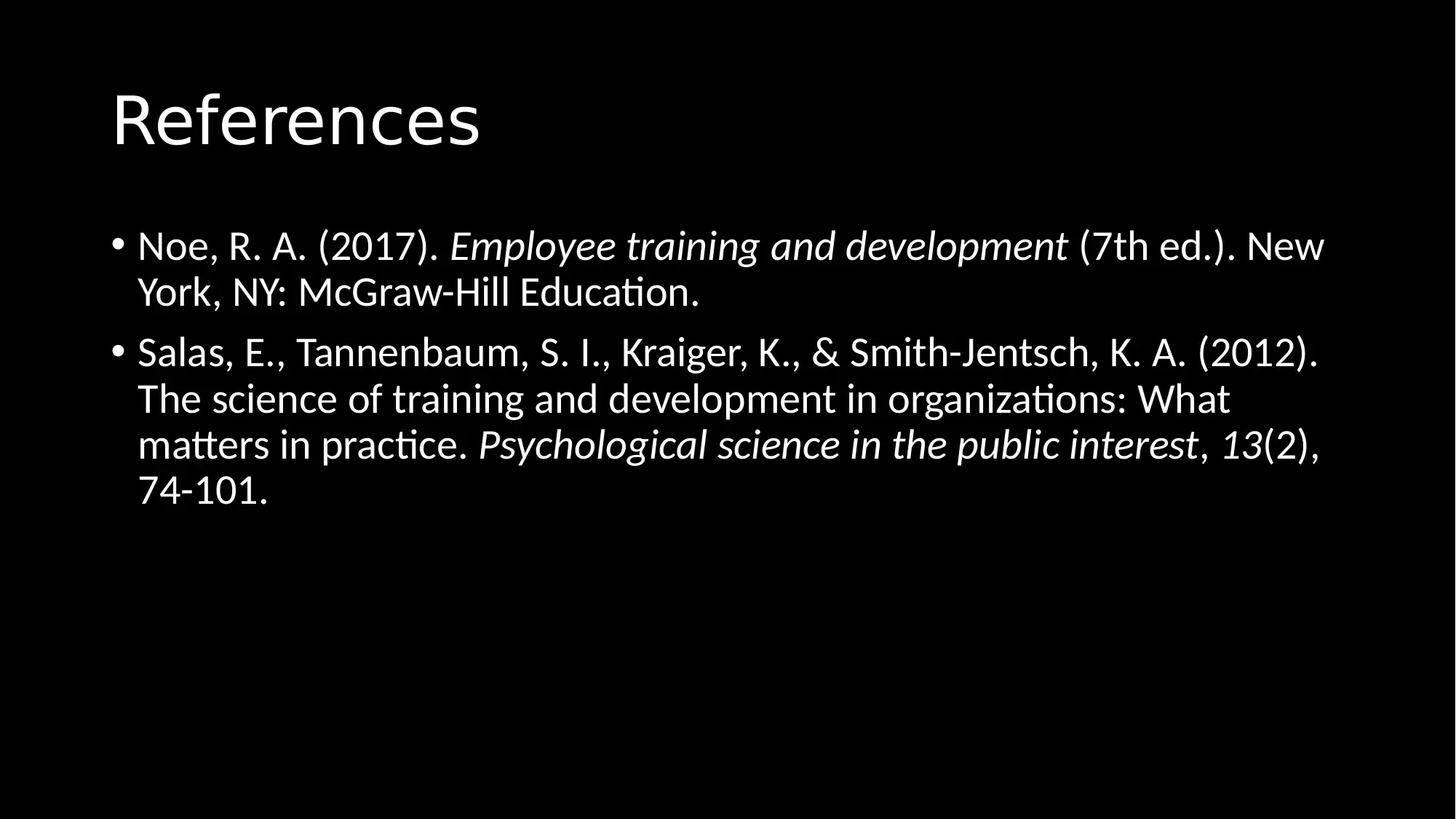






![[object Object]](/_next/static/media/star-bottom.7253800d.svg)